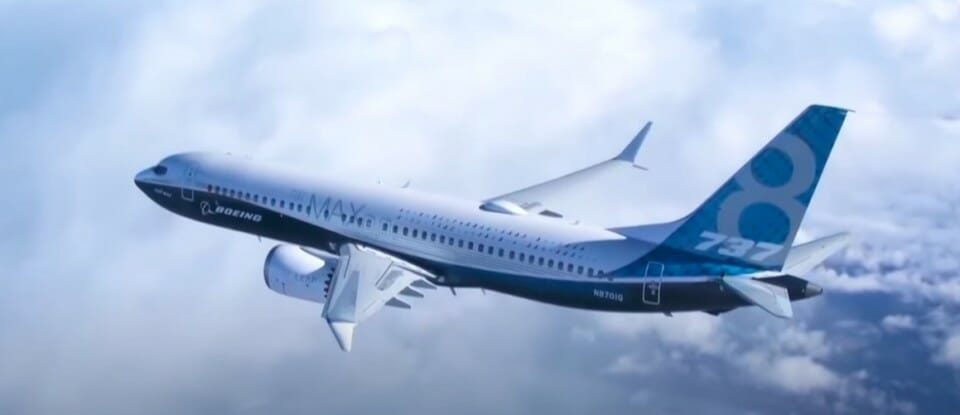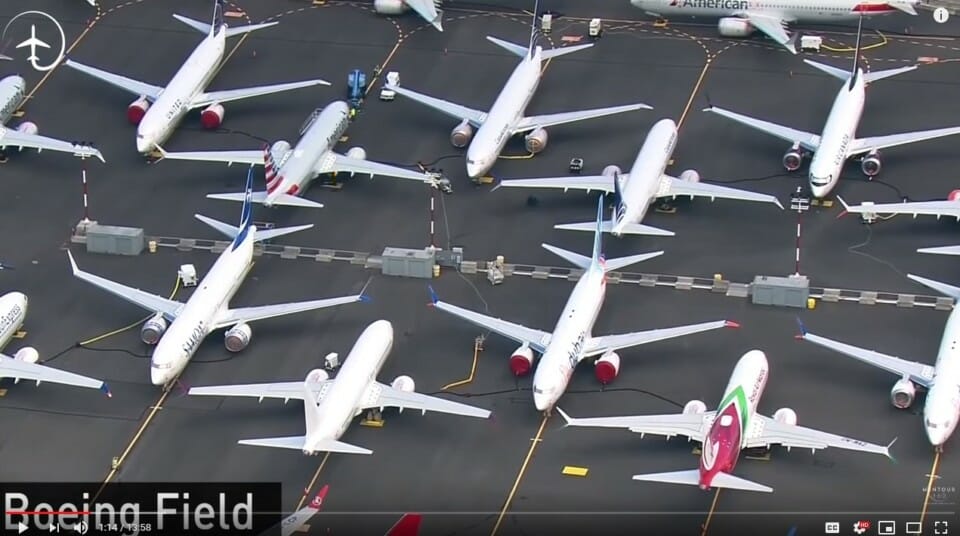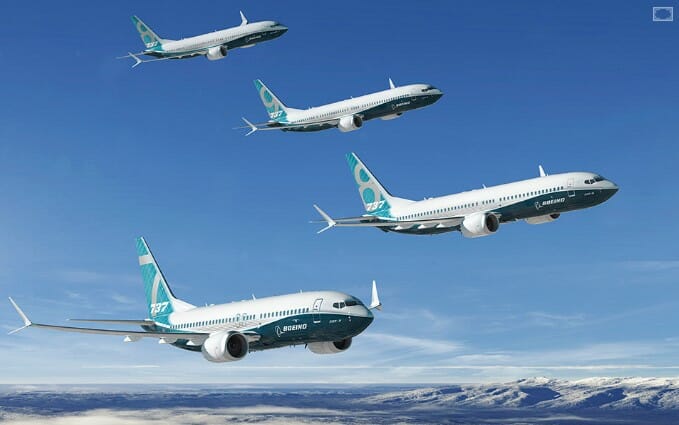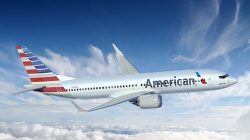The 737 MAX which has been grounded for the past 20 months has moved to the next phase of airworthiness certification. Yesterday, the FAA issued a directive to Boeing on the necessary changes that will be required. The airworthiness directive (AD) that was issued yesterday can be found here.
FAA Ordered Design Changes
The design changes affect how the Maneuvering Characteristics Augmentation System (MCAS) system is invoked and how many times it will activate. Furthermore, the system redesign will limit the power of MCAS so it doesn’t overpower the pilots.
- The MCAS system will now rely on data input from both angle-of-attack (AOA) vanes which are the nose-mounted sensors. Previously, data was based on one sensor.
- Once MCAS is activated, the system will reset and not repeat cycle nose-down commands.
- The automated flight control response will use less pressure so that pilots can manually regain control of the aircraft.
Additional Requirements
Fixing known problems will not be enough. The FAA has mandated the following additional changes:
- New cockpits alerts (annunciators) that will warn the pilots that there is contradictory data from the flight management computers.
- The warning system must give the pilots clear indication when the AOA sensors disagree.
- Boeing will have to update aircrew manuals, procedures and training.
- 737 MAX pilots will be required to undergo 737 MAX simulator training.
The training requirement completely negates any cost savings that were promised by Boeing to the airlines regarding additional training for pilots. Boeing created MCAS so that current 737 pilots would be grandfathered into the 737 MAX without having to obtain a specific “type-rating” for the MAX. This will now require airlines to train their pilots for the MAX which will cost the airlines money and take pilots offline for training. This training will focus on how to deal with runaway stabilizer issues. It is the stabilizer that controls the pitch, up and down movement of the aircraft.
There is also another problem dealing with how wiring bundles were routed and installed in the tail portion of the aircraft. These problems have been identified by the FAA and will have to be corrected as part of the airworthiness certification fixes. The wire installation could cause a short-circuit in the wiring in the tail-mounted flight controls.
What’s Next For The 737 MAX
The next step for the recertification program is a 45-day period for public comment on the airworthiness directive that was issued yesterday. Upon successful completion of the public comment period, the MAX program will move into the final phases prior to its return to flight. This will be done with a final AD based on any viable input from the comment period. Boeing is hoping that the final AD will be issued sometime in October.
The physical fixes to the aircraft will affect all MAX aircraft that:
- Have been already delivered to airlines,
- Have been completed but not yet delivered to airlines and
- All new aircraft builds.
For the aircraft that have been delivered, each aircraft will have to undergo testing to ensure that the modifications have been successfully completed.
Boeing will also have to develop the required pilot training protocols and have those approved by the FAA. Once that happens, airlines will need to aircraft manuals and training curriculum for migrating 737 pilots of previous versions. Pilots will need to complete simulator training that includes the MCAS system. Currently, there only about 40 MAX simulators installed in the world so pilot scheduling will be problematic.
Final Thoughts
First, I want to mention that there is clear indication that the FAA has been more independent and objective in its recertification process. The FAA previously allowed Boeing to do a lot of the certification process themselves. The FAA clearly wanted to distance themselves from the appearance of being to close to Boeing.
The MCAS system that was designed to eliminate the need for airlines to pay for pilot training and pilot type-rating for the 737 MAX has failed for saving the airlines time and money. The sole purpose of MCAS was to transition current generation pilots into the 737 MAX with very little cost or training.
Many of these fixes were identified early on in the development program but were overruled by management for cost-saving reasons. Instead of saving money, this debacle has cost Boeing billions of dollars and a huge hit to their reputation.
Finally, how will the public respond to the reintroduction of the 737 MAX? I can tell you that when the MAX flies again, it will be the most scrutinized aircraft approval in the history of aviation.
Will you be looking forward to flying on the MAX?






